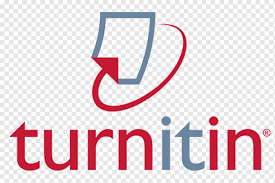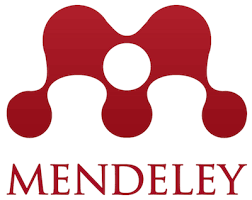Penggunaan Ahli dan Komunitas dalam Kampanye Sadar Stunting Genbest Tahun 2022
DOI:
https://doi.org/10.31294/jpr.v4i1.2303Abstract
Even though it continues to decrease every year, the prevalence of stunting in Indonesia is still above the figure set by WHO, which is below 20%. Stunts, which are characterized by length or height that is less than their age in toddlers, also have long-term effects, such as delays in physical development and cognitive abilities, which can lead to health problems in the future. In order to break the chain of stunting due to stunting, various efforts to reduce the prevalence of stunting continue to be made. For example, the Genbest Program (Clean and Healthy Generation) as a means of stunting education especially for young people through a variety of digital content to promote a clean and healthy lifestyle. In addition to using influencers who have a wide reach due to their number of followers, the organizers of the Aware Stunting 2022 health campaign through the Genbest program also use experts and the community. Through the use of experts and communities in cyberspace, it is hoped that it will not only broaden outreach and awareness about stunting, but also involve high engagement or interaction, discussion and deeper understanding of stunting and prevention efforts. The purpose of this study is to describe how the public campaign for Stunting Awareness in 2022 is being carried out by the Directorate General of Public Information and Communication of the Ministry of Communication and Informatics through the Clean and Healthy Generation (Genbest) program by involving experts and the community using social media in spreading health messages to the public to have awareness of stunting.
Keyword: community, experts, health campaign, stunting
Downloads
Published
How to Cite
Issue
Section
License
Copyright (c) 2023 George Wilhelm Bender

This work is licensed under a Creative Commons Attribution-ShareAlike 4.0 International License.

















